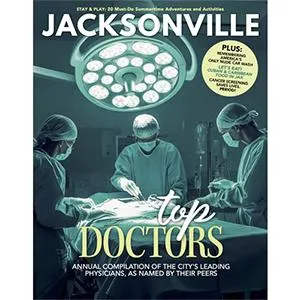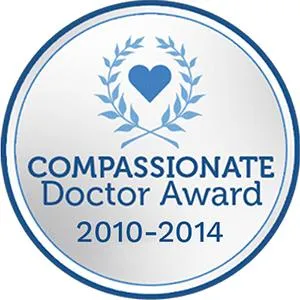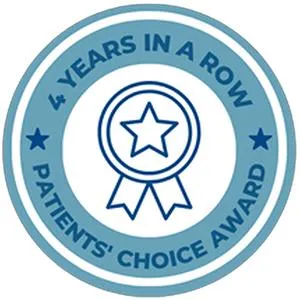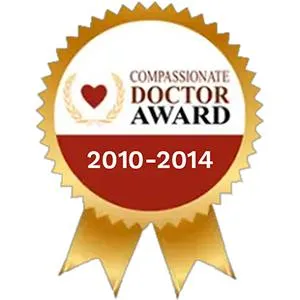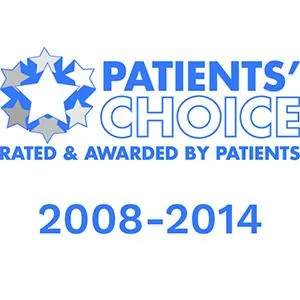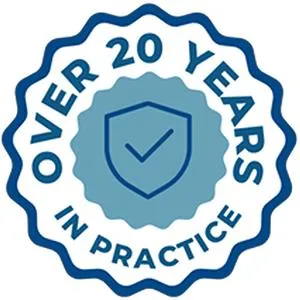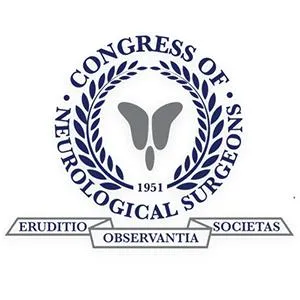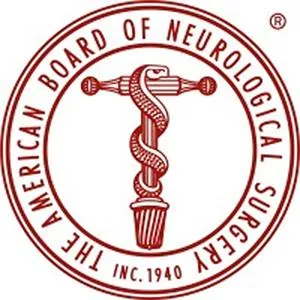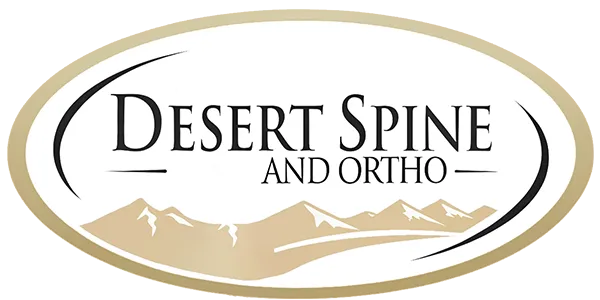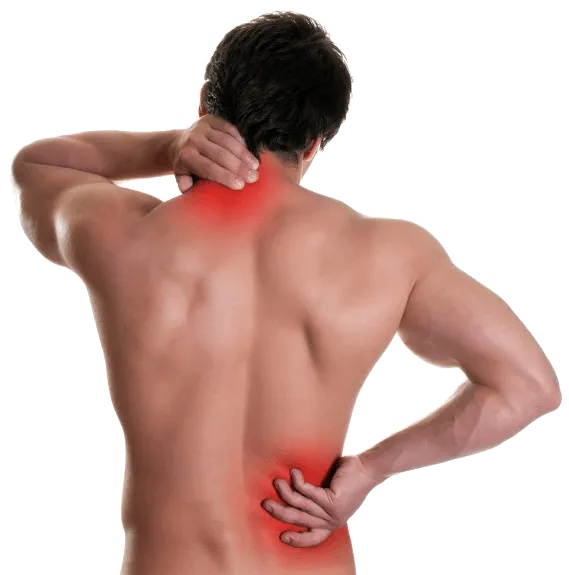Back Pain
Lumbar Strain
Understanding Lower Back Muscle Strain
Lower back pain is one of the most common reasons people seek medical care. One frequent cause is lumbar strain, an injury to the muscles or ligaments of the lower back. While this condition can be very painful, the good news is that it usually heals with time and conservative care. At Desert Spine and Pain, we help patients in Phoenix and across Arizona find relief from lumbar strain and return to normal activity. Our team, led by Dr. David L. Greenwald, M.D., FAANS, FACS, ensures accurate diagnosis so that simple strains aren’t confused with more serious spine conditions like a herniated disc or spinal stenosis.

Over 100 5-Star Reviews!

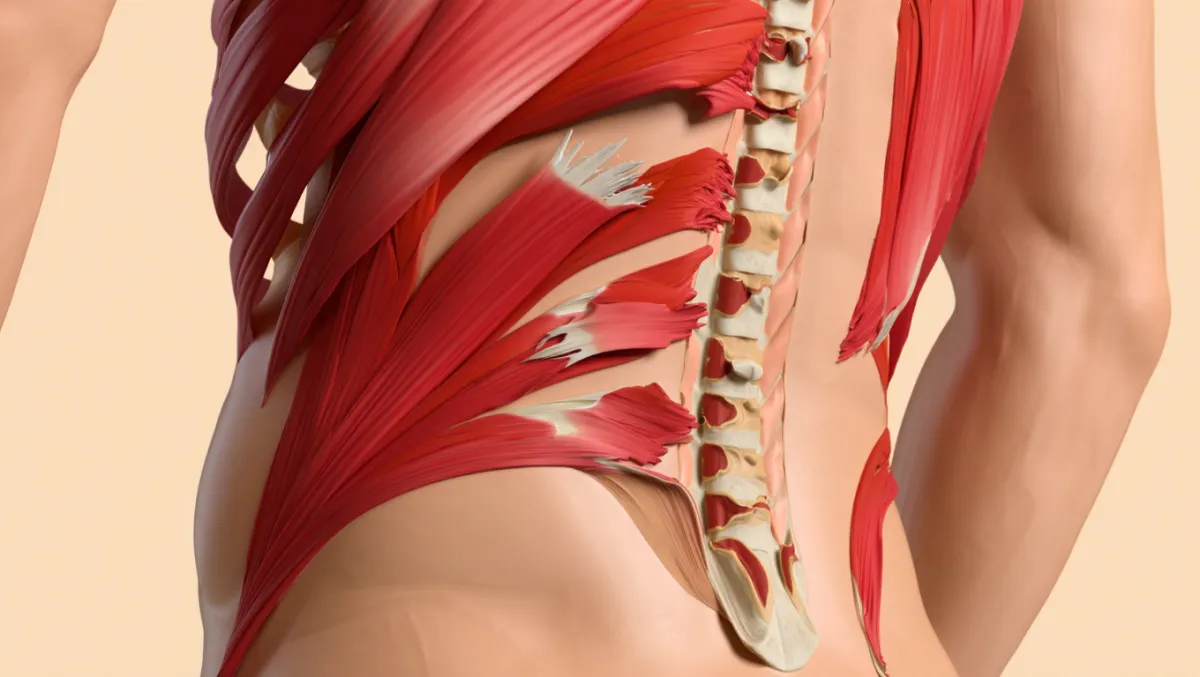
What Is Lumbar Strain?
A lumbar strain occurs when the muscles or ligaments in the lower back are stretched, torn, or injured. This often results from sudden movement, lifting something too heavy, or repetitive stress on the back.
Lumbar strain is one of the most common causes of acute back pain and can happen to people of any age or fitness level.
Causes of Lumbar Strain
Lifting heavy objects improperly
Sudden twisting motions
Sports injuries
Poor posture over time
Weak core muscles
Slips, falls, or other trauma
Symptoms of Lumbar Strain
Typical symptoms include:
Localized pain in the lower back
Muscle spasms or stiffness
Pain that worsens with movement
Difficulty bending or twisting
Tenderness in the affected area
Unlike conditions such as sciatica, lumbar strain pain usually does not radiate into the legs or cause numbness or tingling. If those symptoms occur, another condition may be present.
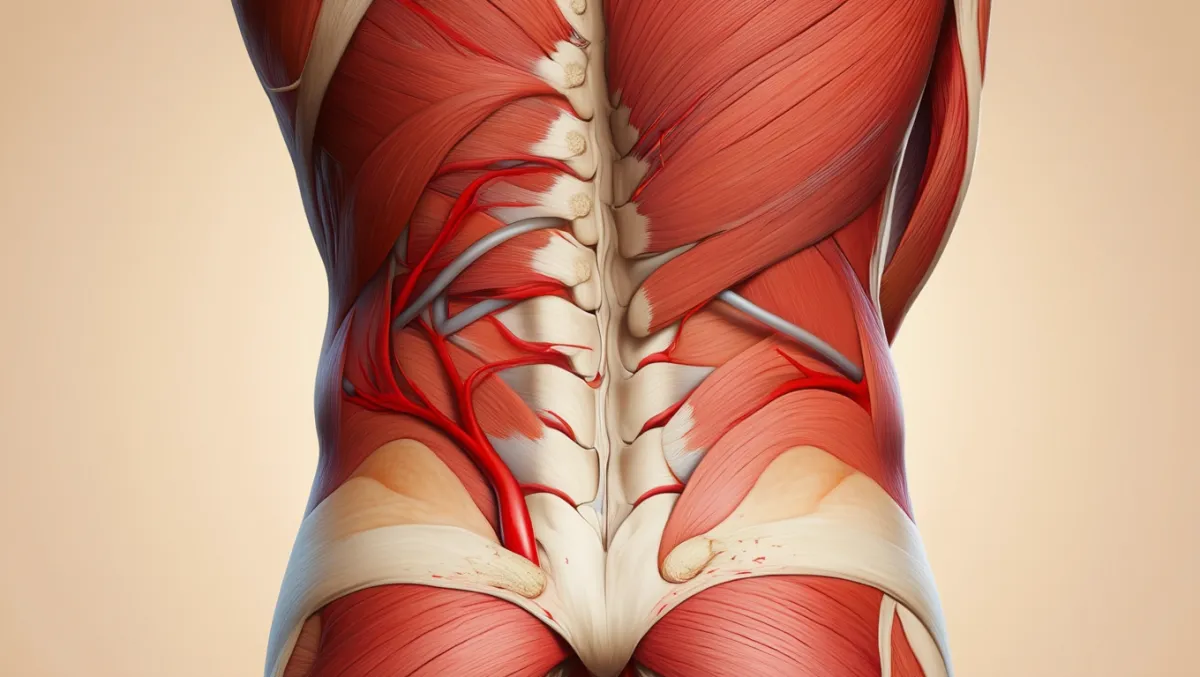
Diagnosis
At Desert Spine and Pain, diagnosis begins with a physical exam and medical history. In most cases, imaging tests like X-rays or MRIs are not needed for a straightforward strain. However, if symptoms don’t improve within a few weeks or neurological symptoms are present, imaging may be ordered to rule out more serious conditions.
Treatment Options
Most lumbar strains heal with conservative care. Treatments include:
Rest and activity modification – Short periods of rest followed by gentle movement.
Ice and heat therapy – Ice reduces inflammation; heat relaxes muscles.
Medications – Over-the-counter pain relievers or muscle relaxants.
Physical therapy – Exercises to strengthen the core and improve flexibility.
Lifestyle changes – Ergonomic adjustments and posture correction.
In rare cases where symptoms don’t improve, further evaluation may be necessary to ensure another spine condition isn’t causing the pain.
Causes of Lumbar Strain
Lifting heavy objects improperly
Sudden twisting motions
Sports injuries
Poor posture over time
Weak core muscles
Slips, falls, or other trauma
Symptoms of Lumbar Strain
Typical symptoms include:
Localized pain in the lower back
Muscle spasms or stiffness
Pain that worsens with movement
Difficulty bending or twisting
Tenderness in the affected area
Unlike conditions such as sciatica, lumbar strain pain usually does not radiate into the legs or cause numbness or tingling. If those symptoms occur, another condition may be present.
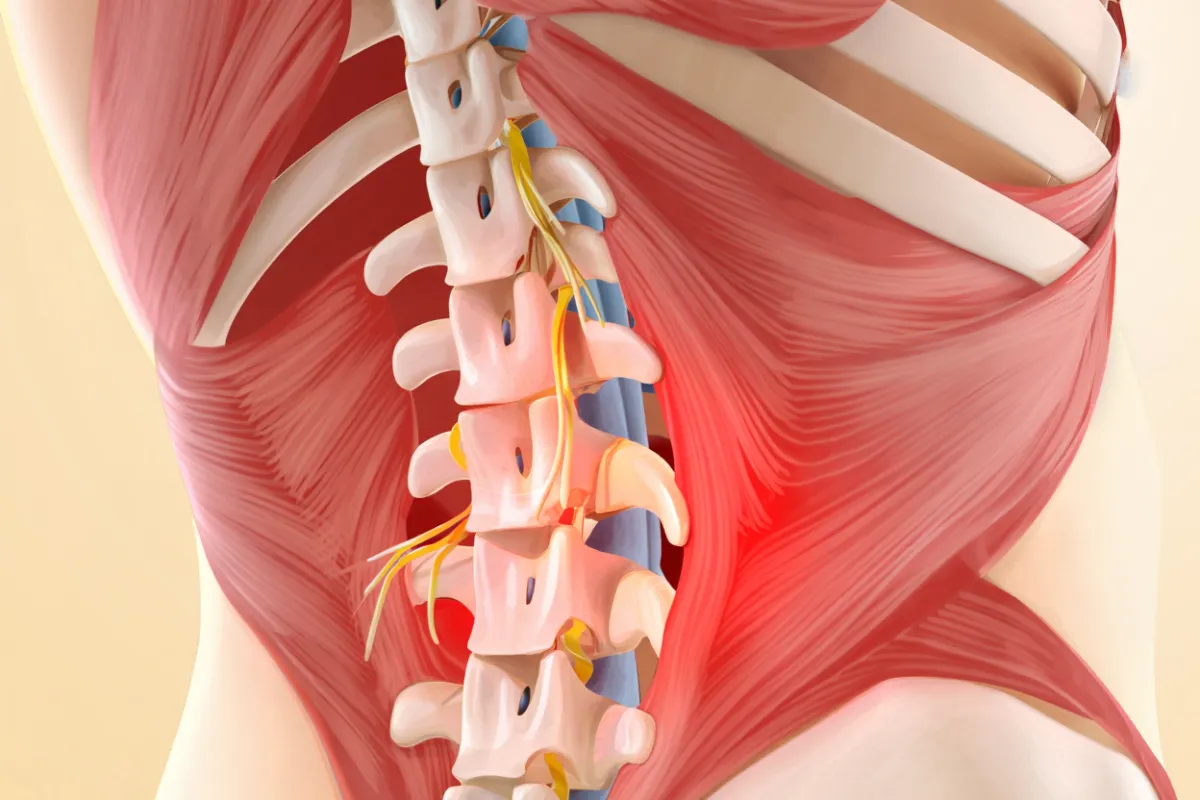
Recovery Timeline
First few days – Pain and stiffness may be at their worst.
1–2 weeks – Most patients notice improvement with rest, therapy, and self-care.
4–6 weeks – Significant recovery is expected for most strains.
Beyond 6 weeks – Persistent pain may signal another underlying condition.
Prevention
To help prevent lumbar strain:
Exercise regularly, focusing on core strength.
Practice good posture when sitting and standing.
Use proper body mechanics when lifting heavy items.
Avoid repetitive twisting or bending.
Maintain a healthy weight to reduce stress on the spine.
Why Choose Desert Spine and Pain?
Accurate diagnosis to ensure a strain isn’t confused with a more serious problem.
Guidance from Dr. David Greenwald, one of the nation’s top neurosurgeons.
Personalized treatment plans that prioritize conservative care.
Supportive team that helps patients return to activity with confidence.
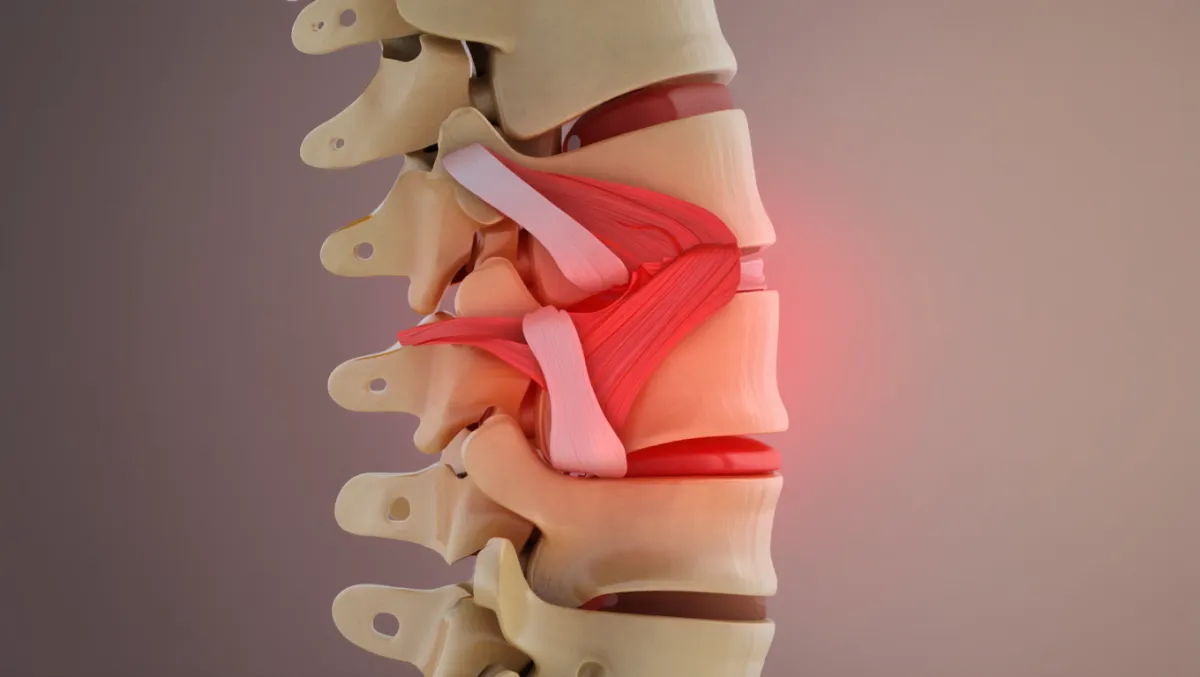
Frequently Asked Questions
How long does it take to recover from a lumbar strain?
Most lumbar strains heal within 4–6 weeks with conservative care.
When should I see a doctor for lower back pain?
If pain lasts more than a few weeks, is severe, or is accompanied by numbness, tingling, or weakness, you should seek medical care.
Is lumbar strain the same as a herniated disc?
No. A lumbar strain involves muscles and ligaments, while a herniated disc involves spinal disc tissue pressing on nerves.
Can lumbar strain become chronic?
Most strains heal fully, but repeated injuries or poor posture can lead to ongoing pain if not addressed.
How can Desert Spine and Pain help with lumbar strain?
We provide accurate diagnosis, personalized conservative care, and reassurance from a world-class neurosurgeon who ensures nothing more serious is overlooked.
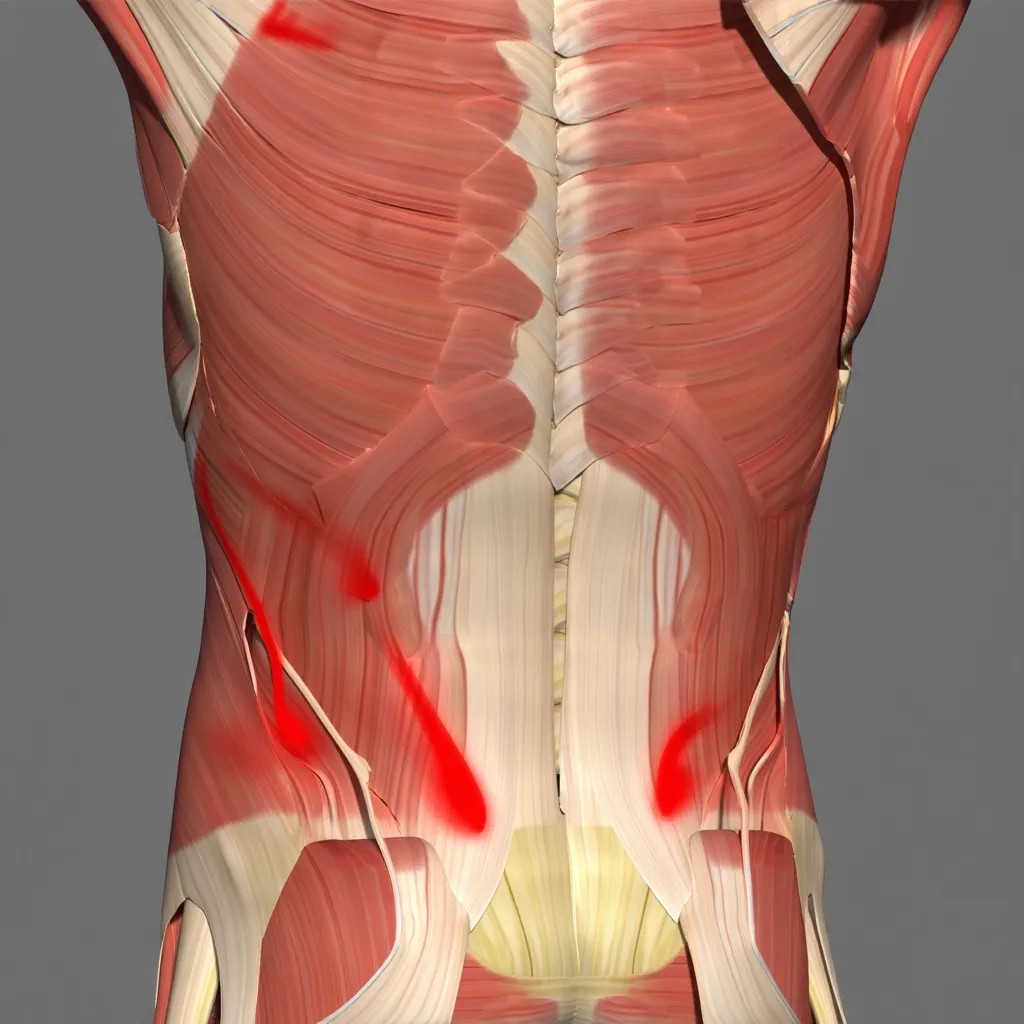
Your Journey Begins with us.
Every step you take toward your health is a step toward a better tomorrow. With our compassionate care and expert guidance, we’ll be with you at every turn, helping you recover, regain strength, and thrive. You deserve to feel your best, and we’re here to make it happen, one day at a time.
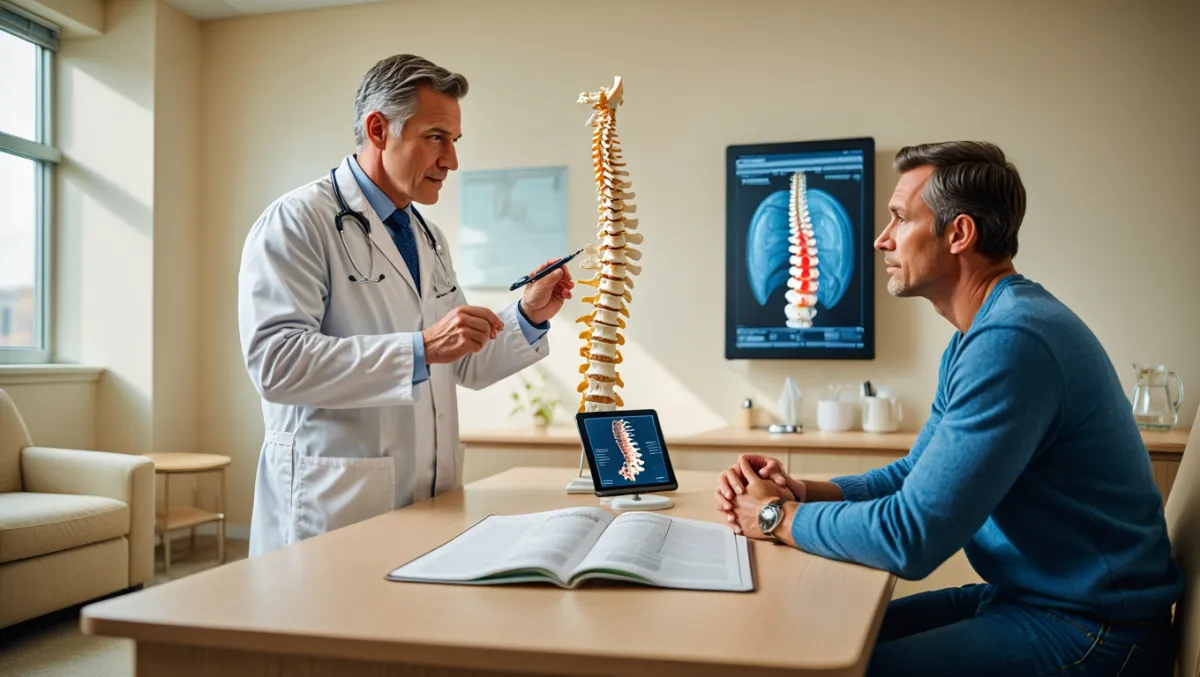
Voted Best Spine Doctor
Over 30 Years Experience in Orthopedic & Neuro Spine Surgeries.

Dr. David L. Greenwald, M.D., F.A.C.S.
Neurosurgeon | Spine Surgeon | Regenerative Medicine
Dr. Greenwald has over 30 years experience treating back and spine conditions. Schedule your consultation today. Let us tailor a treatment plan to get you feeling good with an improved quality of life.
Book your Spine Care Consultation Today!

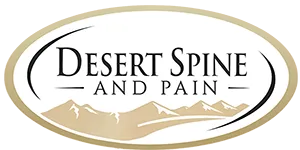
Desert Spine and Pain
Patient Centered & Partner Focused
Quick Links
Resources
Connect With Us
© Desert Spine and Pain. 2025. All Rights Reserved. Sitemap
